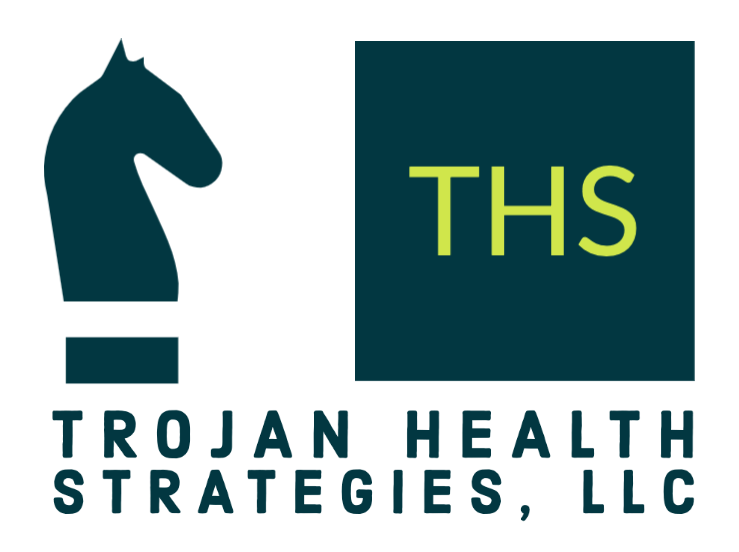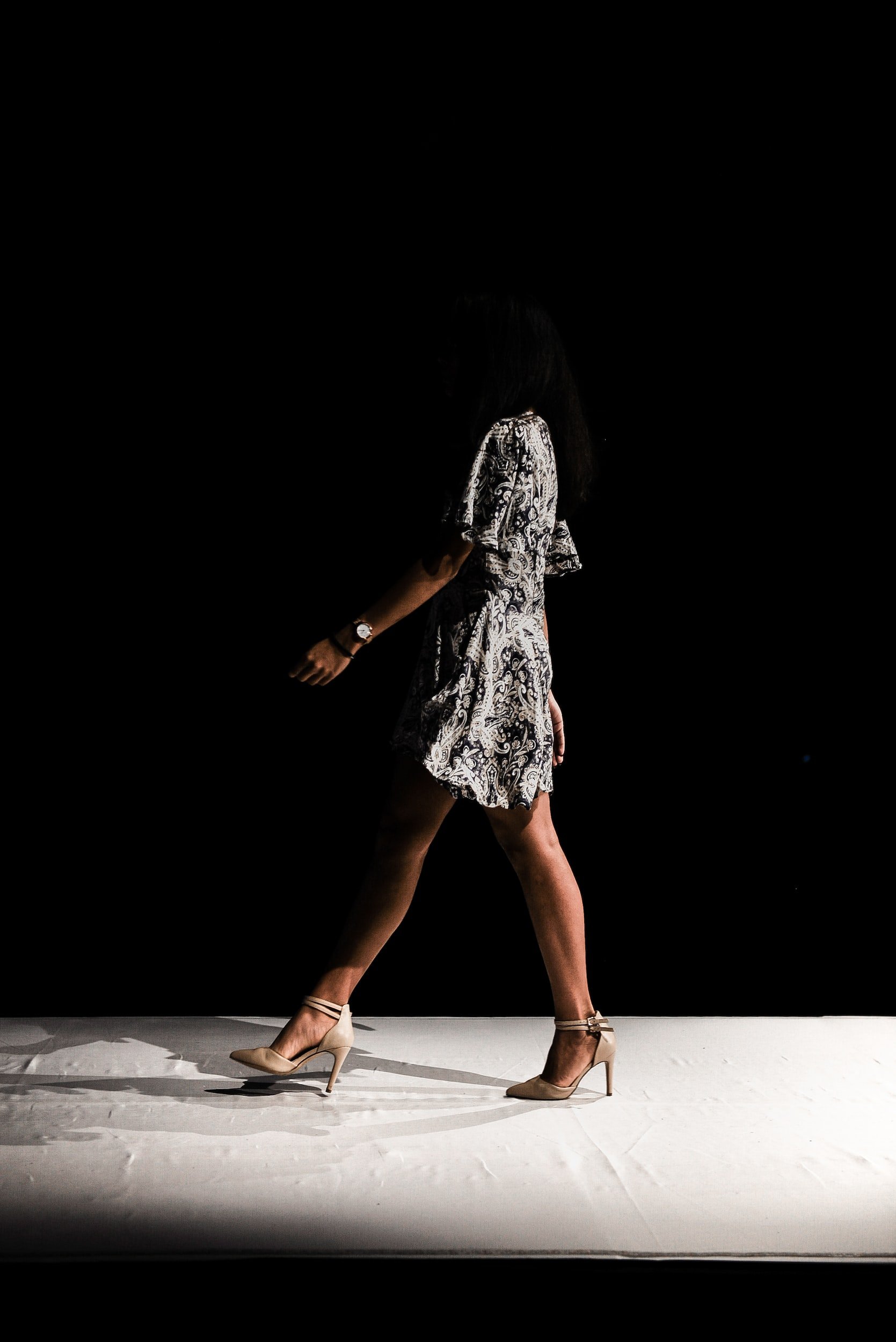5 Lessons for Innovators from Netflix's Next in Fashion
One of my hobbies is delving into the creative world of fashion. A few weeks ago, I enjoyed watching Season 2 of Netflix's hit show, "Next in Fashion." The show is essentially a high-pressure competition among designers from all walks of life who undergo several design challenges over the course of 10 episodes for a large cash prize. I personally like to watch the show because I am interested in how people bring ideas to life, and I like pretty clothes. As I watched, I began to pull 5 insights that are relevant to those of us who make a living in other fields, especially for those who are in the business of breathing life into new ideas.
Improve outcomes with editing
I am starting to recognize this theme in many aspects of my life. It may seem like an obvious step, but only about 10% of people opt to subtract as a way to find improvements. In the show, the designers risked adding too much to their final product, which confused their message and dampened their impact. Often, less is more. Another downside of failing to edit in an ongoing way is eventual overwhelm. That is when you have too many things to consider, resulting in slow decision-making and the potential for analysis paralysis.
Scale impact with mentorship
The design competition included both technically trained designers, from schools like Parsons or Fashion Institute of Technology, as well as self-taught designers. It was fascinating to see how the design experience differed, depending on the path. A technically trained designer had mastered the techniques and contextual details when translating their ideas to a physical garment. In the end, all of the finalists were designers who had refined technical skills and clarity on their unique differentiators. The self-taught individuals, while they may have developed confidence in their expression, often had not studied the context or mastered the technique. They might have benefited from a mentor to improve their competitiveness.
Pressure makes diamonds
You can think of stress on a spectrum. On one end, you have stress that has good outcomes -- eustress -- and on the other, you have stress that produces bad outcomes. These situations differ from person to person -- a high-pressure competition was likely great for the competitors but might be terrifying for someone who doesn't like being judged or evaluated. Situations that produce eustress help to build skills, muscles, and perspective. Environments that induce distress contribute to health disparities.
Stay true to your mission and craft.
The best competitors always went back to what they did best, whether it was puffed clothes, updated patchwork, or a focus on fit. They also incorporated their unique perspectives and experiences into their creative process. When they strayed from these defining attributes, the quality of their work was compromised. Therefore, it is vital to bring your complete self to your craft. By staying true to your values and what sets you apart from the competition, you can produce exceptional work that reflects your unique voice and resonates with your audience.
Feedback is a gift.
The cycle of producing, getting feedback, modifying, and getting more feedback is common in the design world and is the impetus for design thinking as a discipline. When I am working with clients, I often advocate getting something to an 80% fidelity quickly to confirm that you are moving in the right direction and to accommodate any design decisions that result from more eyes on your work. This increases the likelihood of catching any major flaws or issues early on in the design process, which can save time and resources in the long run. Additionally, gathering feedback from a diverse range of perspectives can help identify blind spots and areas for improvement that may have otherwise gone unnoticed. By embracing feedback as an integral part of the design process, designers can create products that are more responsive to the needs and desires of their users, resulting in a better final product that is more likely to be successful in the market.
Watching "Next in Fashion" was an engaging and inspiring experience, not just for my fashion interests, but also for my work as a consultant. The competition offers valuable insights on how to succeed in a high-pressure environment, refine your craft, and create exceptional work. From observing the show's participants, we can apply these lessons to our own work and strive to be our best selves, both creatively and professionally. As we continue to navigate the complexities of healthcare, let us remember to edit wisely, seek mentorship when needed, embrace constructive feedback, and stay true to our unique voices and perspectives. With these strategies in mind, we can create meaningful and impactful work that resonates with our audiences and brings positive change.

